How to protect your home from fire

Nanoflam
By Paul Mekkering
How to protect your home from fire: 13 steps you should take right now!
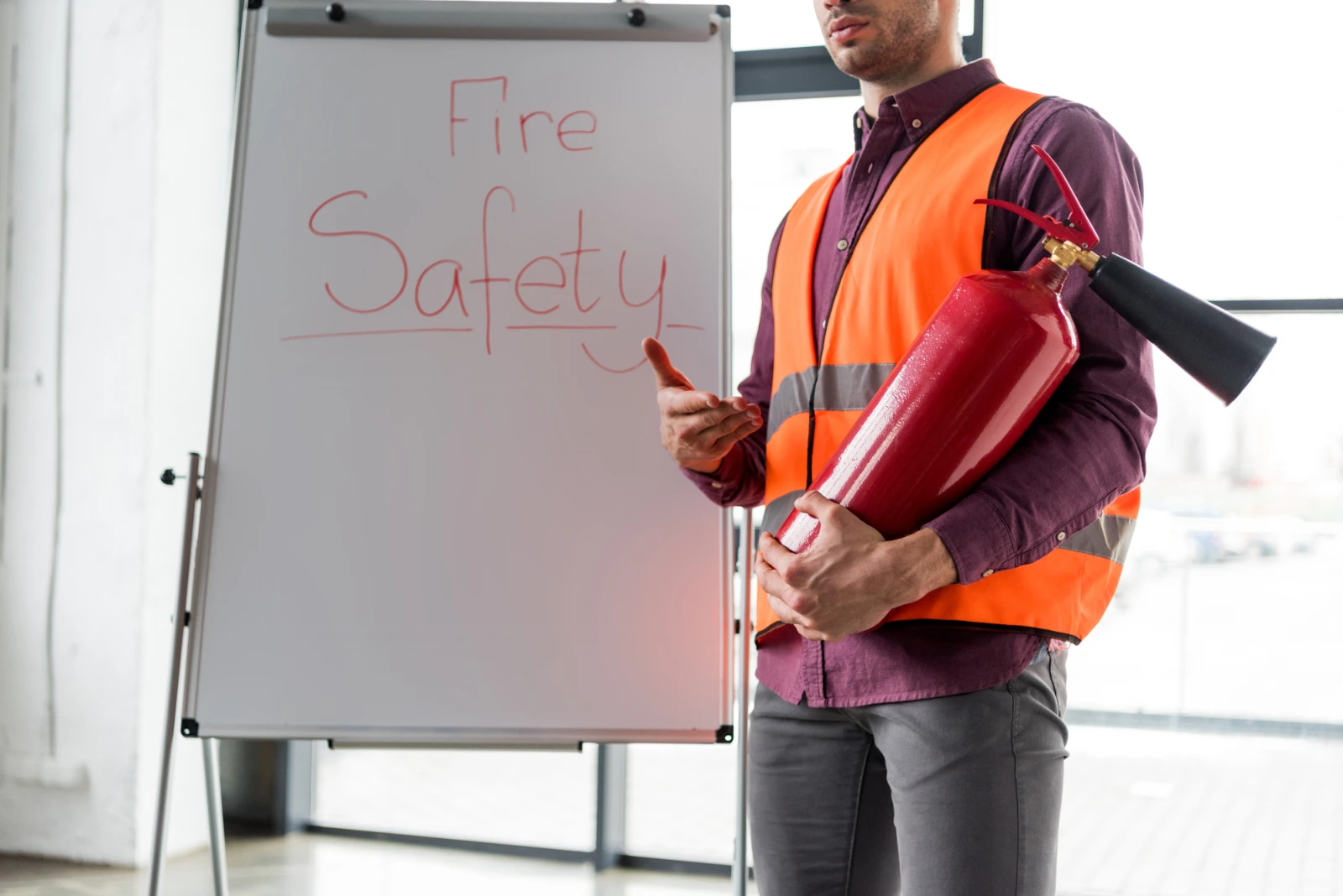
Fires may be a real threat to any home. According to Morganclark, there were 33,180 house fires in the UK in 2020/21 Of these, a third are caused by smoking materials, and 8% are caused intentionally. Also Kitchen appliances were identified as one of their leading causes. At the same time, there were 311 fire-related deaths.
National Fire Protection Association Standard 1710 has set 320 seconds or 5 minutes and 20 seconds as the "response time" for no less than 90% of such incidents. This means that from the appearance of the first flame, an average of 5 minutes and 20 seconds elapses before a large-scale fire escalates. During this time, the fire is still easy to contain quickly. However, each additional minute increases the risk of the fire getting out of control and consuming most of the home.
Use of flame retardant coverings on Upholstery can extend the 5 minutes “response time” or escape time to 15 minutes, that extra 10 minutes is your survival time for you and your family.
On the other hand, how much is the time to extinguish a fire that has already escalated? It extends up to several hours. In other words, your reaction in the first 5 minutes can save your home and prevent a firefighting operation that will last for hours. This is too great a risk to pay for simple ignorance or unpreparedness. This article shows you exactly how to protect yourself, your home, and your family from fire.
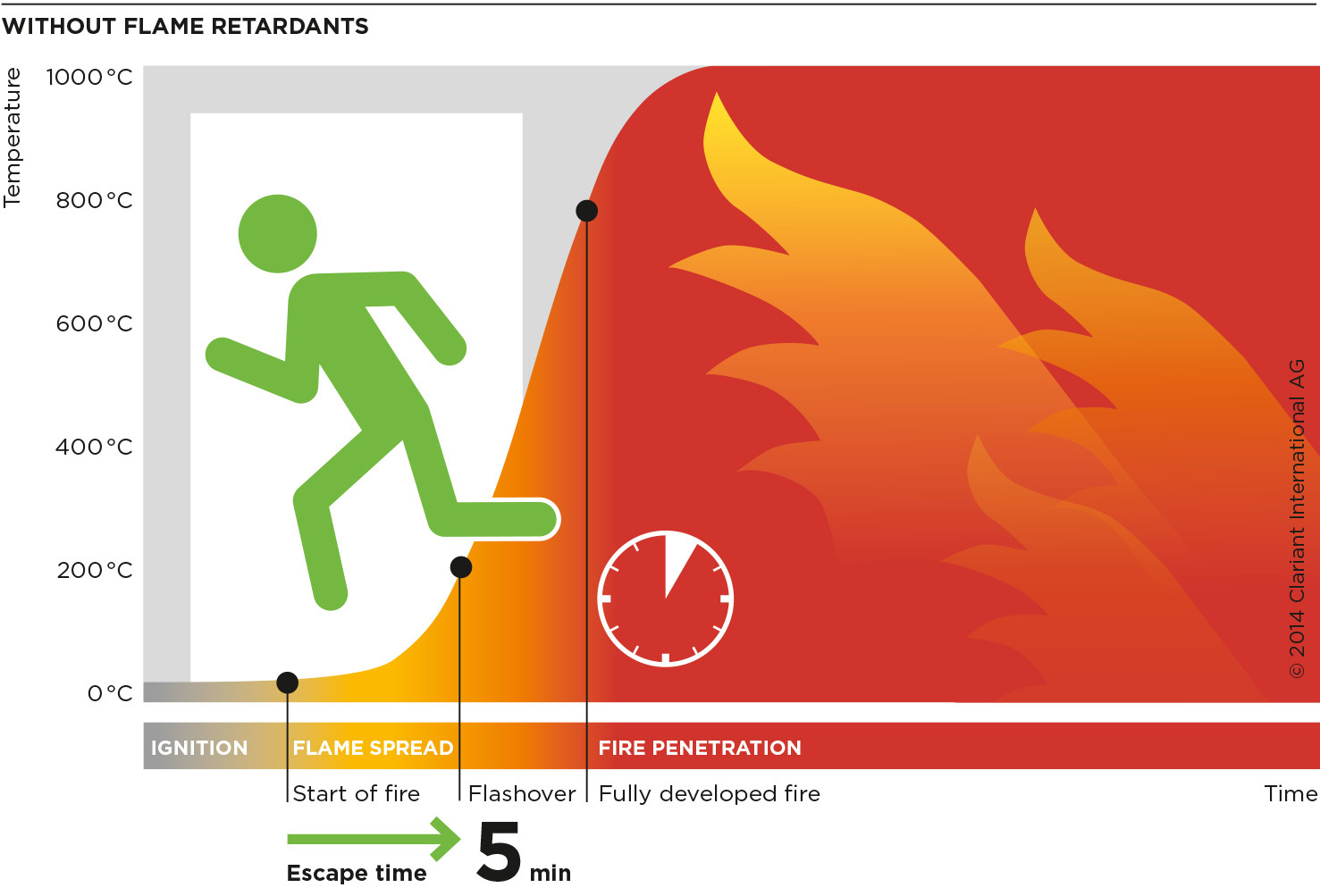
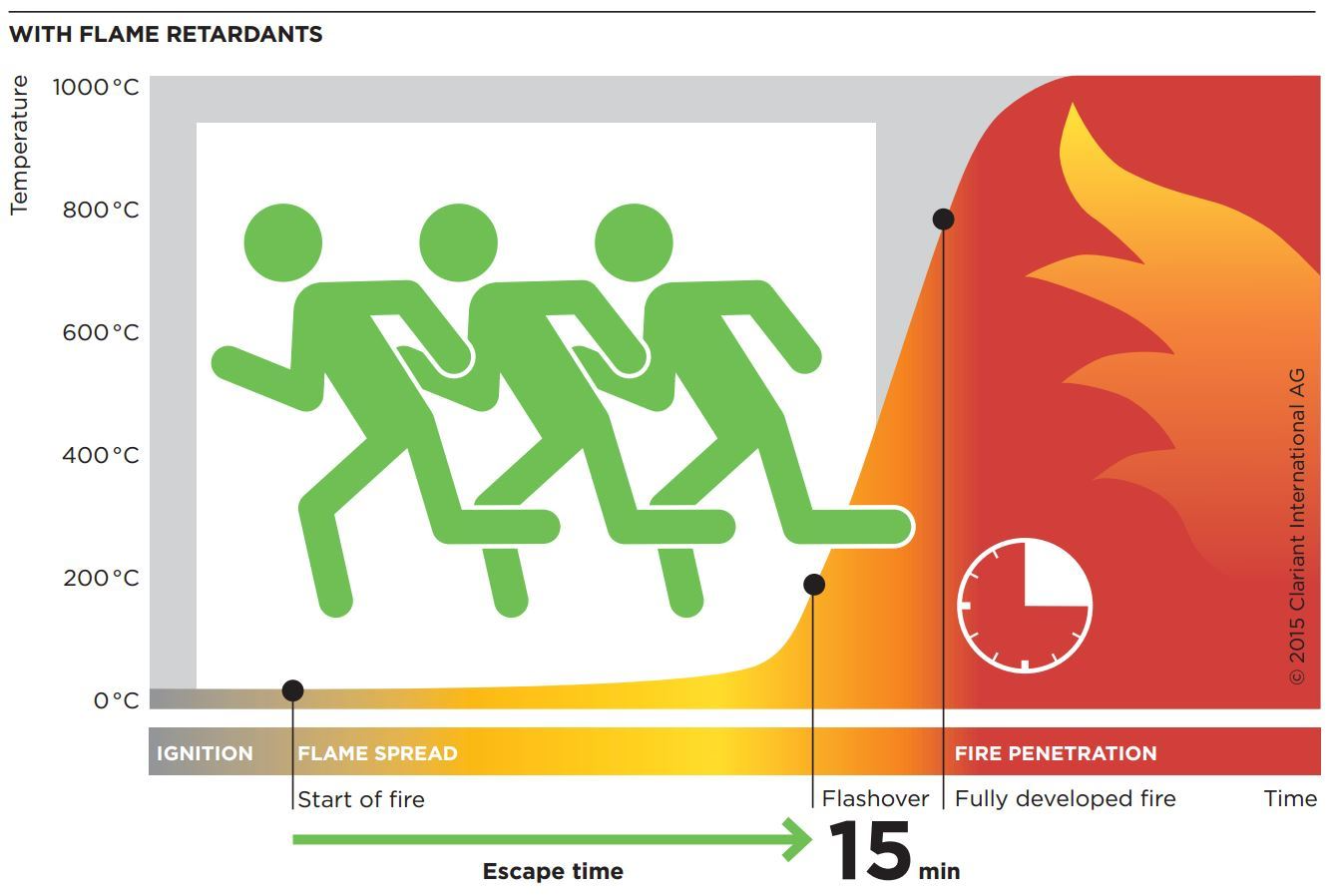
4 essential items you should have in your home to protect it from fire:
Many specialized devices will help ensure the safety of your home. Here are the most important ones you should equip yourself with:
1. Fire-reterdant materials
Furniture is an expensive investment. The solution is to invest in furniture with fire-retardant upholstery and fillings. It Will significantly slow down its spread, thus protecting the rest of your home! . More Importantly it will also increase your escape time three-fold (see pic below). Remember that they should meet the requirements of your country's fire regulations. In the UK, these are the Furniture and Furnishings (Fire) (Safety) Regulations 1988, which you can find here.
Remember that the faster the fire is extinguished, the less damage is done to your home. So investing in furniture with fire-resistant covers is definitely an investment in the safety of your entire home.
More info at :
https://www.pinfa.eu/wp-content/uploads/2018/05/Graphic_Escape_time_FR_June2015_LR.pdf
2. Smoke and temperature detector
Equip your home with this indispensable device that will warn you of impending danger in time. One sensor will seamlessly cover one floor. However, if you have a two-story apartment or a two-story house, invest in more devices or an entire alarm system.
3. Fire extinguisher
The hero of every home. It is the most essential fire protection element in your home. It will help smother the first sparks and flames. It is the fire extinguisher that sets the further course of the fire. It can stop the escalation already at the beginning. Of course, the extinguisher should have the right capacity, which you need to match the area of your house or apartment.
.webp?9644520.699999988)
4. Fire blanket
This handy fire extinguishing equipment will help you suppress fire the moment it appears. It is made of fiberglass, which can withstand temperatures up to 450 degrees Celsius. How to use it? Cover a small object, clothing, or a bowl/barrel with burning liquid from your side to avoid being burned by the flames.
List of steps you should take to prevent a fire
A fire is something unexpected and surprising. Secure your home so you won't be worried about a possible outbreak.
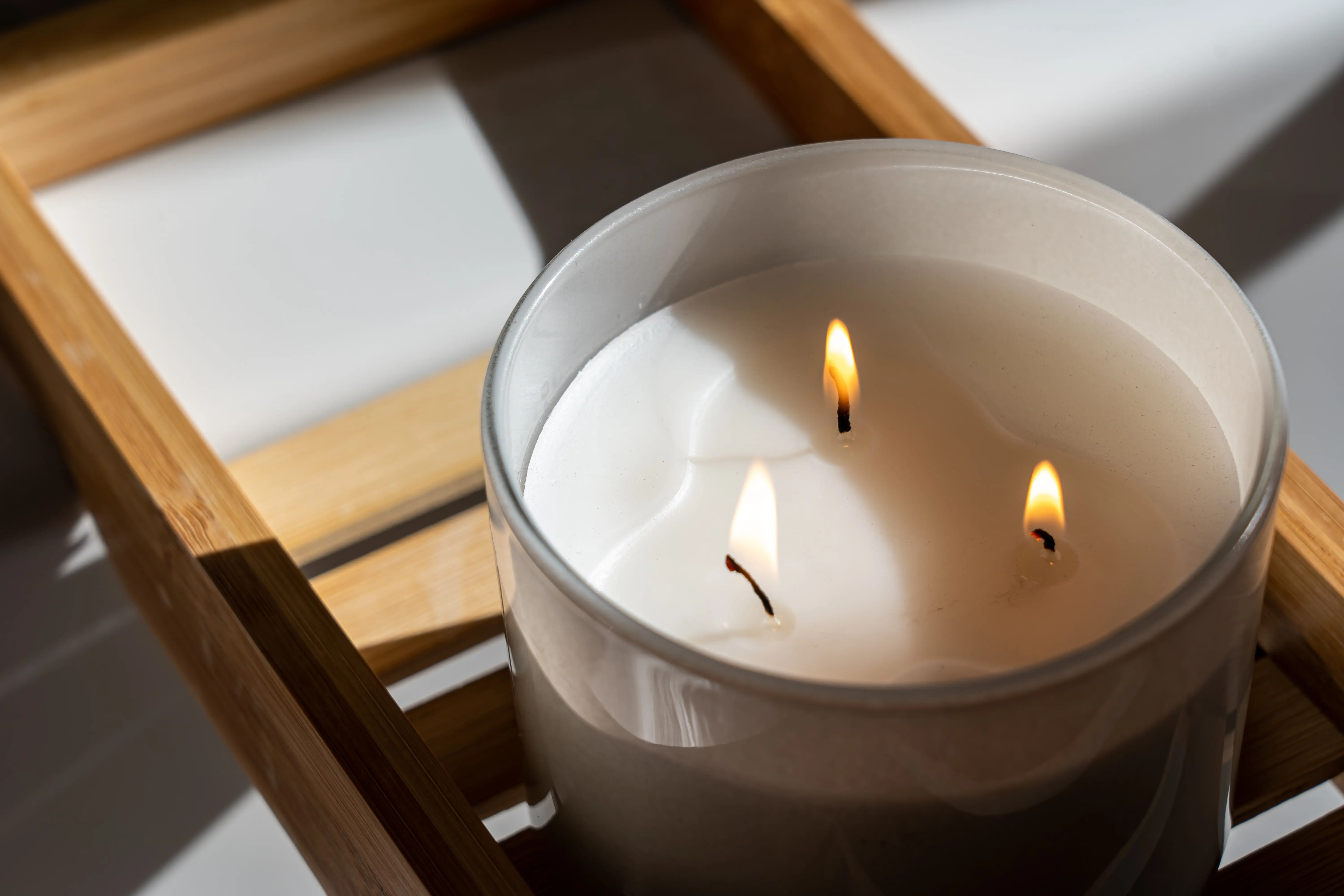
1. Secure sockets and cables, and ensure they are not overloaded
Unplug electrical appliances that are not in use. Monitor the wall outlets in your home and pay attention to any that suddenly stopped working. This could be evidence of a problem behind the walls.
2. Reduce bio-waste around your home
It is also vital to keep bio-waste away from the outside of the house. Things like firewood, leaves, and other flammable materials can easily catch fire from stray ashes or sparks. Before you know it, flames can take over the house itself, a scenario you can easily avoid!
3. Secure flammable materials properly
Preemptively place flammable materials such as nail and hair polish, gasoline, aerosols, and alcohol in containers intended for them and keep them safe from anything that can react with them. You'll be better prepared and reduce the risk of several problems simultaneously. And most importantly, keep flammable materials out of the reach of children!
4. Clean the chimney frequently
The embers may continue to smoulder and burn, and the logs may still have flames inside them that are not immediately visible. Remember to effectively extinguish the fireplace fire. One spark is all it takes for flammable materials around it to catch fire. Also, do not allow unsupervised children near the fireplace. One moment of carelessness can lead to tragedy.
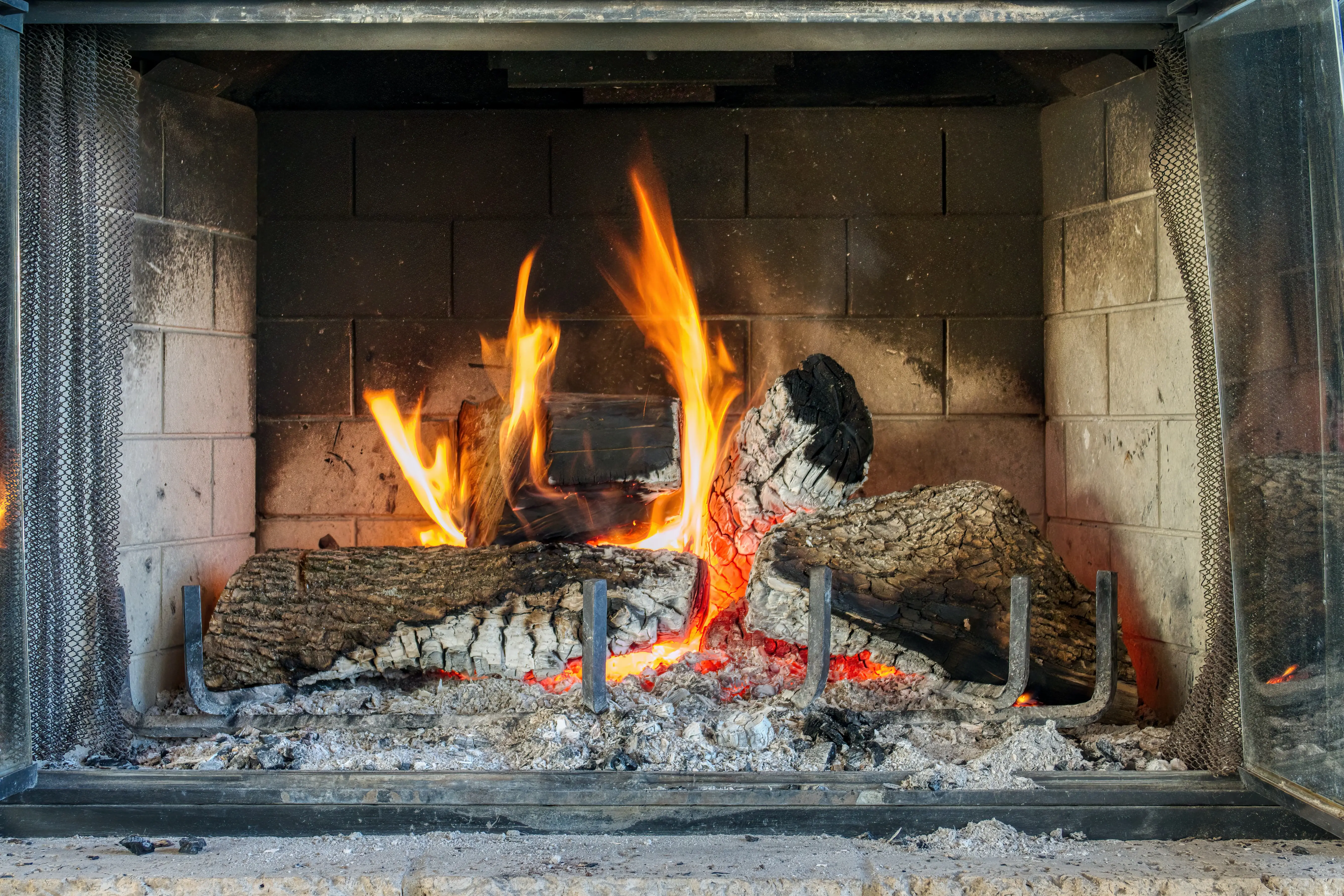
5. Remove the clutter
Chaos only enhances the spread of flames. Suppose you take proper care of your home, keep it clean, and keep flammable materials away from the fireplace. In that case, you have nothing to worry about!
Ensure your family's fire safety
The safety of your loved ones is a priority. Take into account the easy solutions that will ensure it for you.
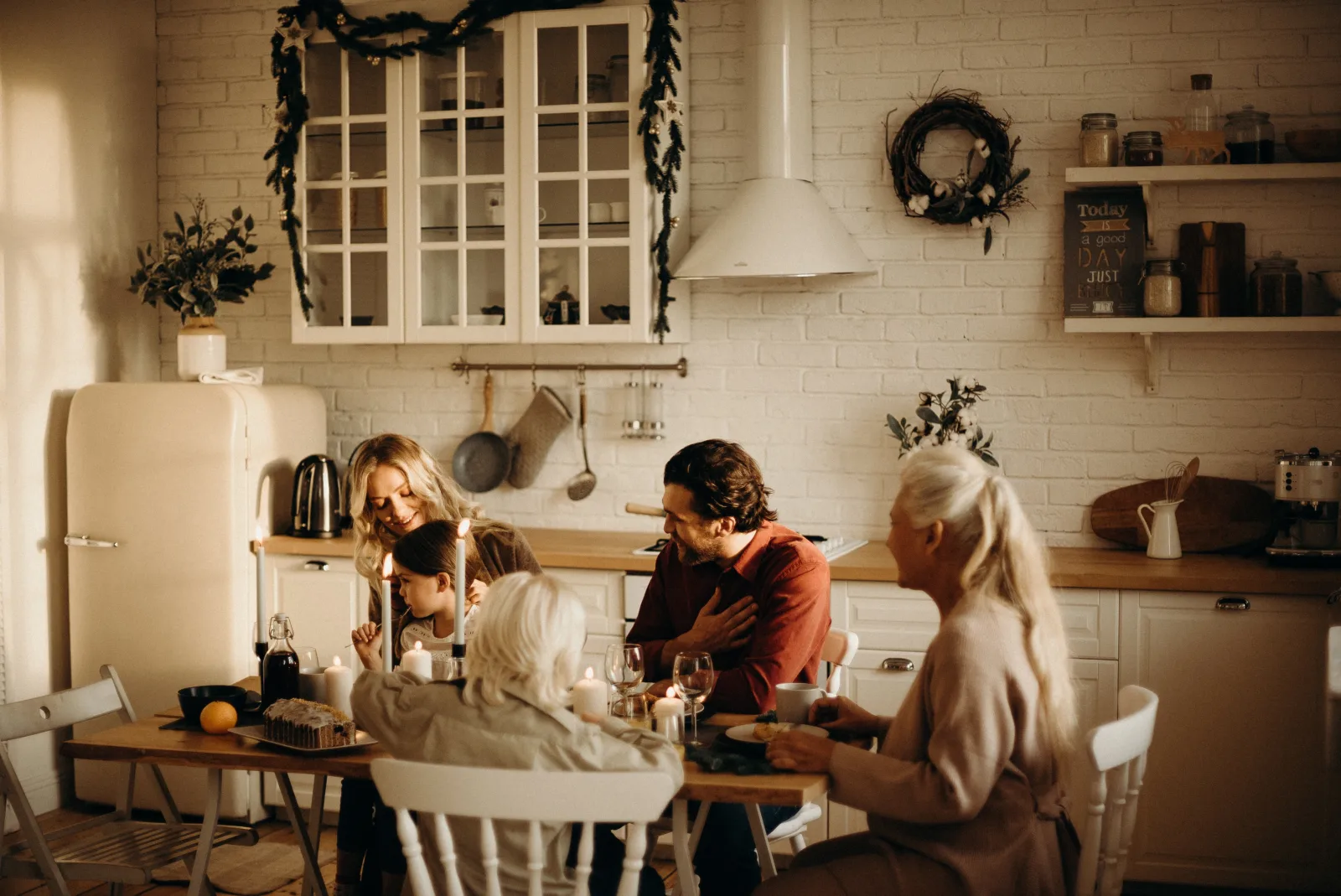
1. Plan with the whole family the evacuation procedure and take the appropriate steps in case of an emergency. Plan an evacuation route.
2. In a single-family home, consider installing fire ladders on the first floor.
3. Remember where you keep items such as a fire extinguisher or fire blanket. Inform all family members about this as well.
4. Check the electrical system frequently.
Frequently Asked Questions
1. How much fire protection does a house need?
According to NFPA, smoke detectors should be installed on every house level, including the basement. Fire detectors should also be installed inside each bedroom and outside each sleeping area. Just make sure that the fire detectors are correctly placed in each location. In addition, be sure to invest in a fire extinguisher. You should familiarize yourself and the rest of the household members with its instructions as soon as you purchase it. There is no such thing as too much home security!
2. How to prevent grease fires in the kitchen?
Cooking with various types of fats is one of the leading causes of home fires. Here are some tips you should follow when cooking.
Be careful when cooking. Don't overheat the fat; pay attention to ensure it doesn't spill out!
If you have to leave the kitchen while using the stove, reduce the heat or turn it off completely.
Turn the handles from pans and pots to the center of the stove to avoid accidental tipping when cooking with children.
Never leave towels and napkins close to the stove. They can catch fire very quickly.
Above all, have an ABC-type fire extinguisher in the kitchen or nearby. (The ABC category means that this type of extinguisher can be used for fires involving grease, paper towels, electrical equipment, and other materials commonly used in the kitchen.)
3. How to use a fire extinguisher?
1. Pull out the safety pin to unlock the fire extinguisher with a strong movement.
2. Point the discharge tip at the fire source. Do not aim at the flames!
3. Press the trigger lever to release the extinguishing agent.
4. Aim the extinguishing agent stream at the fire source until the fire is extinguished.
.webp?21182.899999976158)
4. Which fire extinguisher is appropriate for which type of fire?
Not every fire looks the same. It is influenced by the causes of ignition, burning substances, and environmental conditions. For this reason, the choice of what extinguisher to use depends precisely on the type of fire. There are 5 groups of fires distinguished:
→ Group A fires (fires of solid materials of organic origin),
→ Group B fires (fires of flammable liquids, including materials that melt in the burning process),
→ Group C fires (gas fires),
→ Group D fires (metal fires),
→ Group E fires (fires on live equipment and around electrical equipment),
→ Group F fires (cooking grease fires).
The most versatile fire extinguishing agent is the powder extinguisher. Its effectiveness has been tested in extinguishing all five groups of fires. On the other hand, foam extinguishers are best used when extinguishing solid material fires involving glowing coals (fire group A) and liquid and melt material fires (fire group B). A snow extinguisher will work well for extinguishing fires in groups: B, C, and F. Water extinguishers are the most limited because they are only used in extinguishing group A fires.
Of course, you will only be able to predict some things. Fire can come out of nowhere. However, by putting effort into proper prevention of your home and family, you will reduce this risk to a minimum. Put these tips into practice and feel safe.


